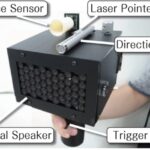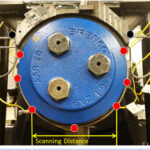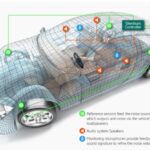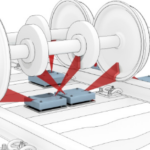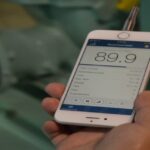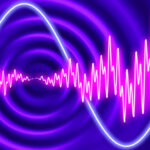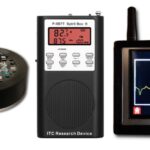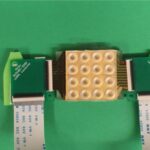Whenever a bridge collapses, sensor engineers propose the use of the latest and various technologies to prevent future catastrophes and the loss of human life. For example, microelectromechanical systems (MEMS) technology was proposed for bridge monitoring after the 2007 collapse of the I-35W bridge over the Mississippi River in Minneapolis. With more than 617,000 bridges […]
Frequently Asked Question (FAQ)
FAQ on railroad hot-box-temperature sensing: part 2
Modern electronics should be able to easily solve a temperature-sensing challenge, but the harsh real-world complexities make it a difficult proposition. Part 1 of this article looked at the basic issues of railway bearing failure and detecting these before they happen. This part looks into more details and sensing options. Q: What can the railroad […]
How is sensing used in audio acquisition and broadcasting? Part 3
Active noise cancellation (ANC) has been part of automakers’ quest for the ultimate high-end vehicle experience for over 40 years. Eliminating or reducing engine and combustion-process related noises including exhaust noise was part of the initial implementation and road-tire, heating, ventilation, and air conditioning (HVAC) system, vibration, and wind related noises have always been targets […]
FAQ on railroad hot-box-temperature sensing: part 1
Modern electronics should be able to easily solve a temperature-sensing challenge, but the harsh real-world complexities make it a difficult proposition. Freight railroads are a very important part of the logistics infrastructure around the world for transporting raw materials as well as finished goods. They are a major constituent of intermodal transportation along with trucks, […]
How is sensing used in audio acquisition and broadcasting? Part 2
According to the Centers for Disease Control (CDC) estimates, 22 million workers are exposed to potentially damaging noise at work each year. In addition to an industrial environment with heavy assembly/processing machinery or a construction site, the workplace can include a sports venue, a tarmac, or a wide-open space when the job includes machinery that […]
How is sensing used in audio acquisition and broadcasting: Part 1
According to the proverb, “seeing is believing,” but hearing something before you can see it can be very important, too. The earliest humans heard and recognized the sounds of predators long before they could see them. If they could see them — it was probably too late to take evasive action. While sound has always […]
How is sensing involved in deep sea exploration?
As the recent loss of OceanGate’s Titan tourist vessel has revealed, exploring in the ocean’s depths is very risky business. To see the Titanic up close and personal, the Titan would have to travel to a depth of 3,800 m (12,467 ft), where the pressure is 382.45 bar (5,547.14 psi or 38,246.06 kPa). It turns […]
How does sensing help in paranormal research?
Paranormal does not usually imply a scientifically sound phenomenon. However, when science is used to verify the observation, the situation changes. This is where a variety of sensors come into play. After all, it is called extra sensory perception (ESP). In the United States, a push in the scientific community to empirically study paranormal experiences […]
Has interest in particulate matter sensing increased?
Traditionally, summer wildfires are associated with California and the west coast. With the recent Canadian wildfires spreading smoke and dense particulates to extensive areas in the eastern and southern U.S., monitoring outdoor particulates has become an important topic for areas of the U.S. that are not normally that interested. On June 8, the U.S. National […]
How is skin sensing for robots advancing?
Robots need numerous sensors and various sensing technologies to perform a variety of functions. However, for human-robot Interaction, the most important sensing could be performed in the skin — especially in those robots designed to be as lifelike as possible and physically interface with (touch) humans. To enhance the collaboration between humans and machines, the […]

